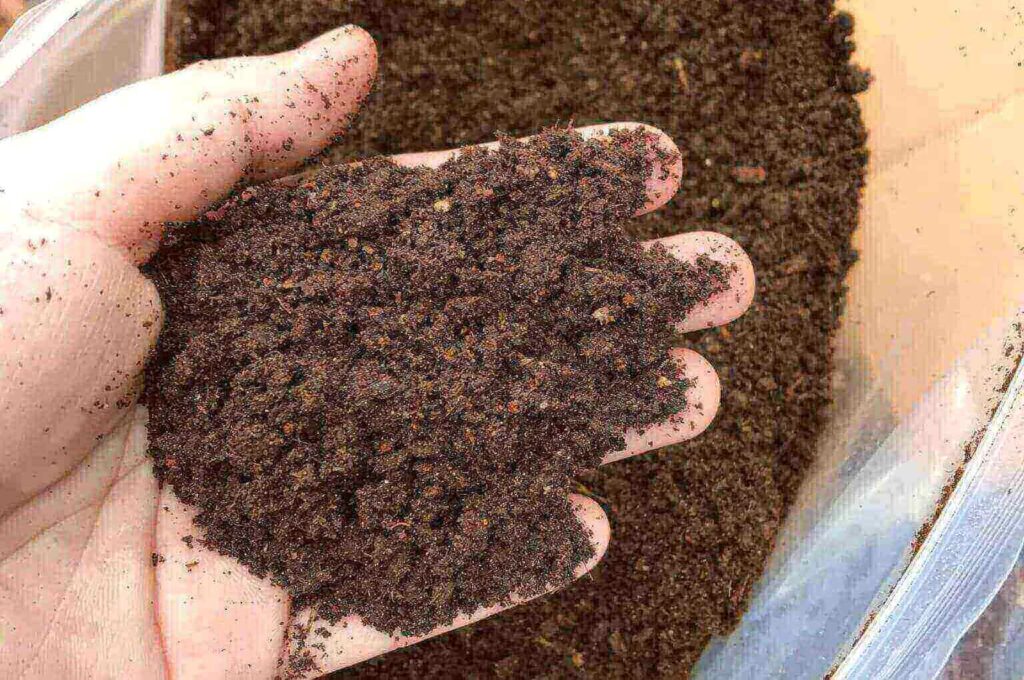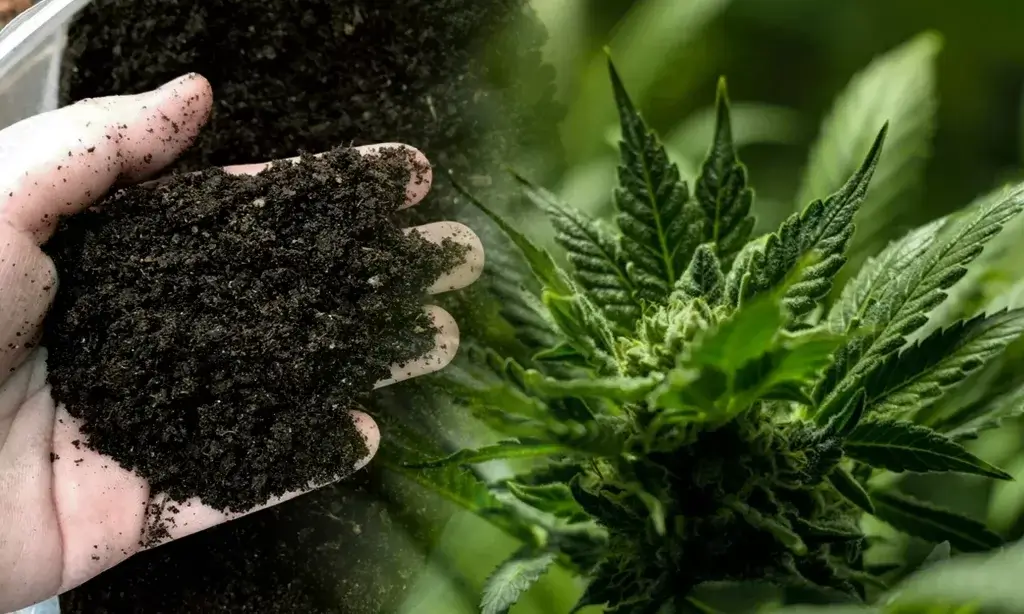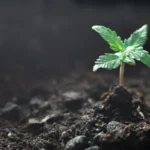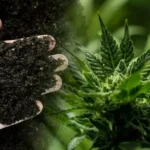Two New York men tragically died after being exposed to bat guano, a natural fertilizer used in gardening and cannabis cultivation. The men had both inhaled fungal spores, specifically Histoplasma capsulatum, commonly found in bat droppings. While bat guano is popular among growers for its nutrient-rich properties that promote plant growth, improper handling can release dangerous spores into the air, leading to severe respiratory infections such as histoplasmosis.
The two deaths were not directly connected to each other, but both men, ages 64 and 59, were from the Rochester, New York area and died from pneumonia they contracted from bat feces — after they used bat guano as fertilizer to grow marijuana. Bat guano is a fertilizer that is nutrient rich in nitrogen, phosphorus and potash. The phosphate from bat guano is particularly effective in promoting exceptional fruit and flower development, making it particularly used in cannabis grow operations.
Histoplasma capsulatum grows in soil enriched with bat guano or bird droppings. It’s commonly found in caves, around old chicken houses and in other areas with lots of bats. Histoplasmosis is a fungal disease contracted through inhalation, can cause flu-like symptoms. The fungus can then cause a serious lung infection that makes it difficult to breathe and can result in hospitalization and, in rare cases, death.. Symptoms also include fever, cough, fatigue, chills, headache, chest pain and body aches. Symptoms typically begin showing between three and 17 days after breathing in the fungus.

Cannabis growers frequently using bat guano as fertilizer, and may unknowingly expose themselves to these spores if safety precautions, such as wearing masks or gloves, are not followed. Experts warn that while bat guano provides high levels of nitrogen, phosphorus, and potassium important to cannabis cultivation, growers need to be aware of the risks and take proper safety precautions.. When working in any indoor or greenhouse facility, cultivators should always wear personal protective equipment (PPE) to prevent injuries and exposure to harmful substances.
More commonly found in Missouri, Mississippi and Ohio river valleys in the U.S., around 1,200 reported cases of histoplasmosis happen on average a year. Approximately 54% of patients diagnosed with histoplasmosis are hospitalized, with the rate of hospitalization varying depending on the severity of the infection, the patient’s immune status and other factors. Among those hospitalized, the death rate ranges from 5% to 7%.
The 59-year-old man had reportedly purchased the bat guano, as a nutrients, from an online store. The patient, an arthritic, tobacco user with emphysema, was admitted to the hospital after six weeks of suffering from breathing troubles, a sore throat and weight loss. According to the reports, he appeared to to be septic at the time. Doctors initially thought the small masses layering his throat and vocal cords might be cancer, but learned they were from the fungus. Treated for two weeks with antifungal medication with no success, he was transferred to hospice care and died, according to reports on the man’s death.
The 64-year-old had harvested the guano in his attic, where there was a heavy bat infestation, for fertilize for his plants. The 64-year-old, also a smoker with severe peripheral arterial disease and prior aorto-bifemoral bypass surgery, suffered from lesions in his chest and pancreas as a result of the fungal infection. After months of treatment, he ultimately died of complications related to bowel ischemia.
We send our condolences to the victim’s friend and family. Severe cases of Histoplasmosis, while rare, can be difficult to diagnose before serious conditions arise. This makes it for a potentially tragic situation if symptoms worsen.
For growers seeking safe alternatives to bat guano, options like worm castings, compost tea and organic nutrients can offer comparable benefits without the health hazards. As always, safety is key. Fertilizers containing bat guano should be tested for the bacteria before hitting being sold. When handling natural fertilizers, and, while fatalities are rare, proper education on potential risks is important for to protect growers from similar tragedies.





